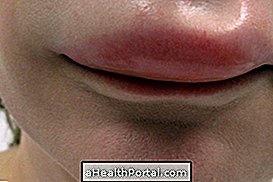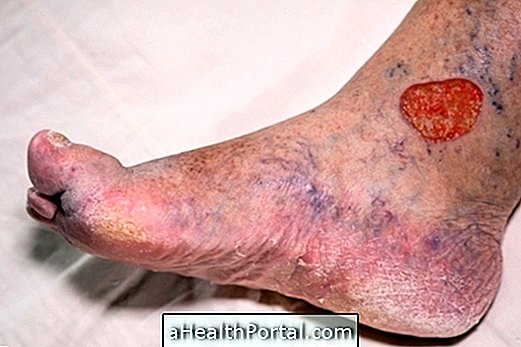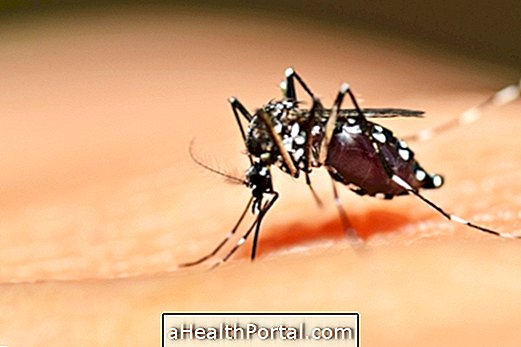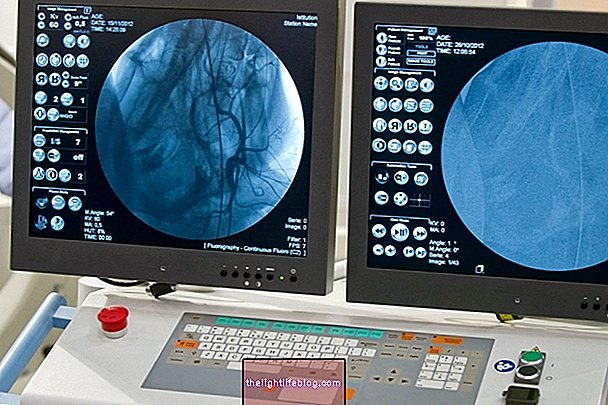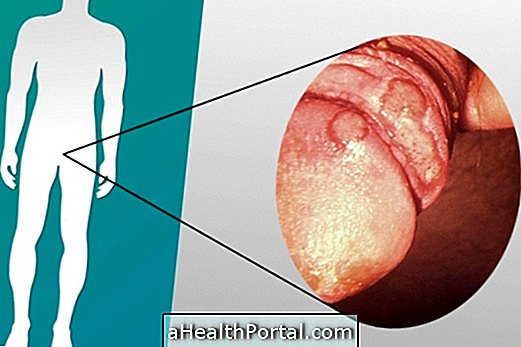Pityriasis alba is a skin problem that causes the appearance of pink or red spots on the skin, which disappear and leave a lighter spot. This problem mainly affects children and young adults with dark skin, but can arise at any age and race.
A specific cause is not yet known for the appearance of pityriasis alba, but it is not hereditary and so if there is any case in the family it does not mean that other people may have it.
Often, pityriasis alba has healing, disappearing naturally, however, light spots can remain for a few years on the skin, and worsen during the summer due to the tanning process.

Main symptoms
The most characteristic symptom of pityriasis alba is the appearance of rounded reddish patches that disappear within a few weeks and leave lighter patches on the skin. These spots appear more often in places such as:
- Face;
- Upper arms;
- Neck;
- Chest;
- Back.
The spots may be easier to spot during the summer when the skin is tanned and therefore some people may not even notice the appearance of the spots during the rest of the year.
In addition, in some people, Pityriasis alba spots may end up peeling and appear drier than the rest of the skin, especially during the winter.
How to confirm the diagnosis
The diagnosis of pityriasis alba is usually made by a dermatologist only through observation of the patches and evaluation of the history of the symptoms, not requiring any type of test or more specific examination.
How is the treatment done?
There is no specific treatment for pityriasis alba, since the spots eventually disappear on their own over time. However, if the spots become red for a long time, the dermatologist may prescribe a corticoid ointment, such as hydrocortisone, to reduce inflammation and relieve redness.
In addition, if the spots become dry, some type of moisturizing cream can be applied to extremely dry skin, such as Nivea, Neutrogena or Dove, for example.
During the summer it is also advisable to wear sunscreen, with a protection factor 30 or higher, on the affected skin whenever it is necessary to be exposed in the sun, to avoid that the spots are very marked.
What causes pityriasis alba
There is no specific cause for pityriasis alba, but it is believed to arise due to a small inflammation of the skin and is not contagious. Anyone can end up developing pityriasis, even if they have no history of skin problems.












